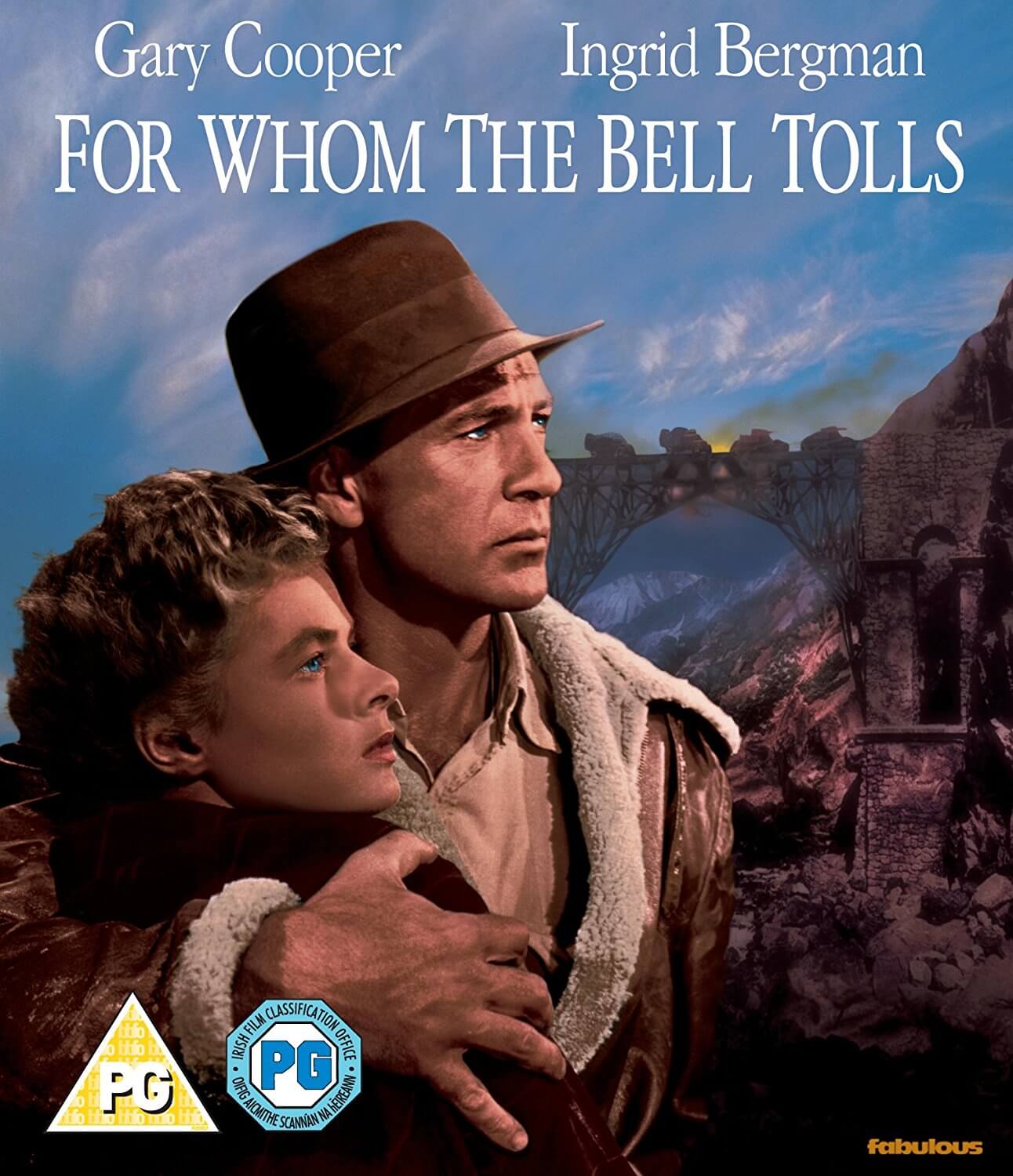
/on-the-set-of-for-whom-the-bell-tolls-607381472-07f15dbdc2c54967b634c2834d0fa807.jpg)
***For all our books, postage is charged at cost, allowing for packaging: any shipping rates indicated on ABE are an average only: we will reduce the P & P charge where appropriate - please contact us for postal rates for heavier books and sets etc. Copies of the American edition from 1940 are difficult to find in the UK. Identical in format with the first printing, except for the printer's page which does not have the printer's 'A' code present. ***An early printing of the true first American edition in the original Scribner's binding. The novel is regarded as one of Hemingway's best works, along with The Sun Also Rises, A Farewell to Arms, and The Old Man and the Sea. In 1940, the year the book was published, the United States had not yet entered the war, which had begun on 1st Sep 1939, with Nazi Germany's invasion of Poland. It was commonly viewed as the dress rehearsal for the Second World War.


It assumes the reader knows that the war was between the Second Spanish Republic government, supported by the Soviet Union, which many foreigners like Robert went to Spain to help, and a successful, Nationalist faction, supported by Nazi Germany and Fascist Italy. It was published just after the end of the Spanish Civil War (1936?1939). As a dynamiter, he is assigned to blow up a bridge during an attack on the city of Segovia. ***'For Whom the Bell Tolls tells the story of Robert Jordan, a young American volunteer attached to a Republican guerrilla unit during the Spanish Civil War. ***It is a heroic and generous tale.' (Quote taken from the dustwrapper of a previously sold UK first edition). The main theme is the same, that is, the novel is of war and love. It is worth waiting more than ten years for. ***'This is the first full length novel that Hemingway has published since "A Farewell to Arms". The binding is secure but there is some splitting to the fragile paper at the half-title page. With a contemporary inscription to the front free endpaper: 'Bessie Davies. Some pages just lightly bumped at the top corner.

With rough-edged paper to the fore edge of the page block, as is usual with American editions. The lettering is still clear but the red backing panel is rubbed and worn. ***Very good in oatmeal textured cloth-covered boards with black titles on a red background to the spine. First American edition published by Charles Scribner's & Sons in 1940 - an early printing, but without the 'A' on the printer's page that would denote a first printing.


 0 kommentar(er)
0 kommentar(er)
